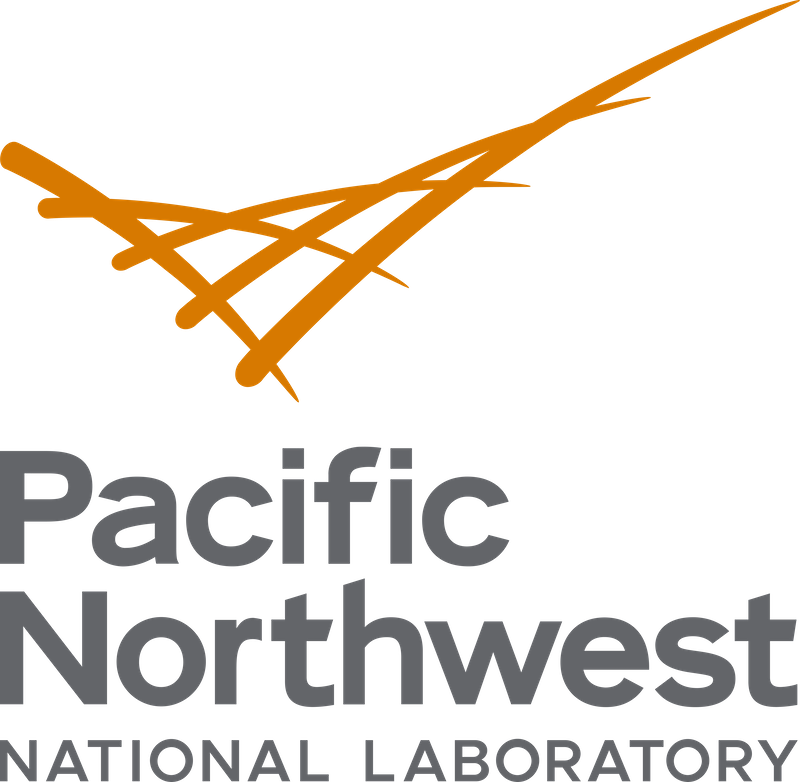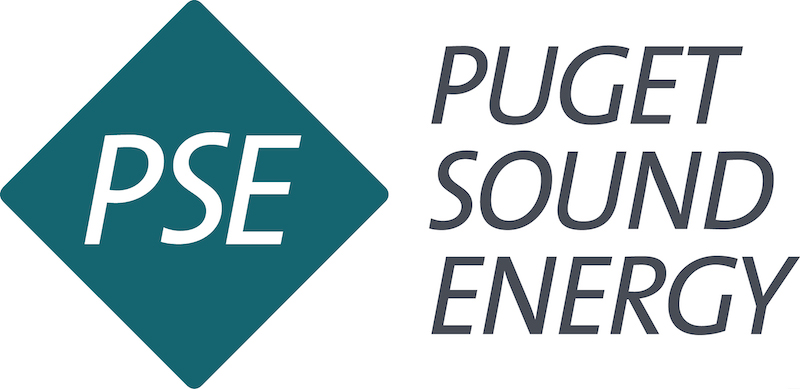“After decades of hype and doubt, giant factories that can pull thousands of tons of carbon dioxide out of the atmosphere are starting to spin up”, reports the Washington Post. “Climeworks, a Swiss start-up, opened the biggest carbon absorbing plant in the world on May 8 in Hellisheidi, Iceland. Dubbed “Mammoth,” the plant is designed to remove 36,000 metric tons of carbon each year, the equivalent of taking 8,600 cars off the road.”

Mammoth, located in Iceland, Climeworks’ newest and largest DAC+S plant.
Photo: Lorrie McKay, Cyan Strategies
Could a plant be built in Eastern Washington that’s even bigger than Climeworks’ Mammoth? We’ll find out soon!
Join us this September 17th to 20th for our Made in Washington Study Mission, as we explore multiple clean energy projects East of the Cascades.
On one of our tours, the delegation will be briefed at WSU Tri-Cities on the Ankeron Carbon Management Hub feasibility study that is led by clean energy nonprofit RMI. This project, financed in part by funding from the U.S. Department of Energy under the Bipartisan Infrastructure Law’s Regional Direct Air Capture Hubs program, will conduct initial work on conceptualizing, designing, and assessing the feasibility of building a hub (similar to the Mammoth DAC plant in Iceland) that leverages Washington state’s abundant resources, including clean energy and basalt rock – and engineering talent.
Geekwire reports that “RMI is leading the design of the Ankeron hub’s business model, and Carbfix and Pacific Northwest National Laboratory are in charge of the study’s scientific and technical elements.”

Why is carbon capture so important? Can’t we simply decarbonize our way to Net Zero?
The U.N. reports that “The deployment of carbon dioxide removal (CDR) to counterbalance hard-to-abate residual emissions is unavoidable if net zero CO2 or GHG emissions are to be achieved.” In short, the worst effects of climate change are unavoidable unless we figure out and scale up efficient carbon removal technologies.
Microsoft agrees, and has signed a 10-year carbon removal offtake agreement with Climeworks. Microsoft says, “Our investments create impact beyond financial investment by sending a demand signal to nascent markets, advocating with industry and government agencies on shared policies and market building standards, and catalyzing additional capital resources. We continue to lead on first-of-a-kind climate finance solutions and build bridges to bankable, scaled climate technologies that we and the world need to create a more sustainable and prosperous future for all.”
On the Made in Washington Study Mission, you’ll also see:
- Twelve’s pilot plant, where they are electrolyzing carbon dioxide into carbon monoxide for SAF
- Pacific Northwest National Laboratory (PNNL), working to help develop a power grid that meets the complex challenges of the future
- The Columbia Generating Station, the northwest’s only commercial nuclear energy facility, as Washington is leading the next generation of nuclear energy development
- Spokane’s South Landing EcoDistrict, including the Catalyst Building, Morris Center, and Avista’s R&D center
- BrightNight’s Hop Hill Renewable Power Project which uses agrivoltaics and combines renewable solar energy and battery storage to complement Eastern Washington’s existing hydro and nuclear resources
This trip will coincide with the release of an upcoming Climate Commitment Act economic analysis report, so we’ll have lots to talk about!
Registrations are open but space is limited. The deadline to register is Friday, August 9. Questions? Please email [email protected]
Thank you to our sponsors:



